Micro-organisms are the oldest inhabitants of earth. They are masters in versatility and adaptability to the changing environment. They will definitely prove to be most cost effective partners in our efforts for sustainable development. The microorganisms influence the man in several ways. The diversity of their activities varies from causing diseases in human and other animals and plants to the production of various useful products.Microbes have a very significant role in the era of biotechnology and hence microbiology has today come forth as one of the most demanding subject in the science stream of graduate and post graduate courses.
The contents of this course has been divided into 17 chapters covering basic studies of microorganisms excluding their application part. Course covers detailed information on history of microbiology, evolution of microorganisms, classification, Nomenclature and latest information of Bergey's manual. Chapter covers information about structure, metabolism reproduction,function and diseases caused by Bacteria, Viruses, Bacterial viruses, Plant viruses, Animalviruses, Archaea, Mycoplasma and Phytoplasma. General account of cyanobacteria including their nutrition and reproduction have been given. Course provides detailed information about Gram negative and Gram positive Bacteria and Eukaryotes viz. Algae and fungi.
Course Contents
INTRODUCTION
Major Fields of Pure Sciences; Major Fields of Applied Microbiology.
HISTORY OF MICROBIOLOGY
Discovery Era-Antony Van Leeuvenhoek; Transition Period-F. Redi, Needham, Spallanzani; Historical development in the field of Microbiology; Golden Age of Microbiology-Louis Pasteur, Tyndall, L.J. Lister, Robert Koch, Hesse, Jenner, Metchnikoff, Roux, Paul Ehrlich, Domagk, Flemming; Era of Molecular Biology - Beadle & Tatum, Delbruck & Luria; Nobel Laureates in Microbiology.
EVOLUTION OF MICROORGANISM
Origin of Universe-Nebular Hypothesis; Planetesimal Hypothesis; Tidal Hypothesis; Recent Hypothesis; The Primitive Atmosphere of Earth; Chemical Origin of Life (Chemogeny); Biological Evolution of Biogeny; Cognogeny.
CLASSIFICATION OF MICROORGANISM
Hierarchial Arrangement in Taxonomy; Whittaker Five Kingdom Concept; Major Differential Features among Bacteria, Archaea and Eukarya; Modern Trends in Classification; Characters used for the Classification of Bacteria; Genome Comparison; RNA Finger Printing and Sequencing; DNA Sequencing; Microbial Phylogeny; Molecular Chronometers; Phylogenetic Trees; Taxonomic Criteria used for Classification & Indentification of Bacteria.
NOMENCLATURE AND BERGEY'S MANUAL
Organization of Bergey's Manual; Classification of Prokaryotes.
BACTERIA
General Character; Plant Like Characteristic in Bacteria; Structure of Bacterial Cell-Shapes of Bacteria, Ultrastructure, Flagella, Pili, Capsule, Cell Wall-Gram +ve and Gram -ve bacteria; Cytoplasmic Membrane; Ribosomes; Chromatophores, Cytoplasmic Inclusions, Gas Vacuoles, Nuclear Material, Plasmid; Nutrition in Bacteria-Photosynthetic, Chemosynthetic, Heterotrophic Bacteria; Reproduction in BacteriaVegetative (Binary fission, Budding, Cyst, Gonidia); Asexual (Conidia, Oidiospores, Sporangiospores, Motile spores, Endospores); Genetic Recombination (Transformation, Conjugation, Transduction); Gram Staining, Pathogenic Bacteria.
VIRUSES
History, General Characters of Viruses, Difference of Virus from Bacteria and Mycoplasma, Nature of Viruses; Viroids; Virusoides; Prions; Size & Structure of Viruses; Chemical Composition; Viral Genome; Classification of Virus - LHT System, Gasjens & King Classification, Baltimore Scheme of Classification; Replication of Viruses - Lytic Cycle, Lysogenic Cycle; Interferon.
BACTERIAL VIRUSES
DNA Bacterial Viruses (Phage M13; Bacterial Virus T4; Temperate Bacteriophages; A. Phage, Virus T7, MU Virus).
PLANT VIRUSES
Morphology, Satellite Virus & RNA; Virus Infection-Symptoms (External & Internal); Classification & Nomenclature; Physiology & Cytology of Plants Infected with Viruses; Change in Low Molecular Weight Metabolites; Viral Diseases of Tomato (Leaf Curl of Tomato, Mosaic of Tomato); Rice Tungro Viruses; Sugarcane Mosaic; Algal Viruses - The Cyanophage - Properties, Life Cycle; Other Algal Viruses; Fungal Viruses-The Mycophages-Characteristics, Examples of Mycophages; Taxonomic Position of Mycophages; Tobacco Mosaic Virus; Cauliflower Mosaic Virus; Potato Virus; Transmission of Plant Viruses.
THE ANIMAL VIRUSES
Replication of Animal Viruses (DNA Viruses, RNA Viruses); Classification of Animal Viruses; Classification of Human Viruses; Picomaviridae, Enteroviruses; Polioviruses; Coxsackieviruses, Echoviruses; Enteroviruses; Rhinoviruses; Rhabdoviruses; Rotaviruses; AIDS HIV Viruses; Poxviridae; Herpesvirus; Herpes Simplex Virus; Vericella-Zoster Virus; EpsteinBarr Virus; Cytomegalovirus; Adenovirus; Polymavirus; Hepatitis Viruses (Hepatitis A, B, C, D, E, G).
ARCHAEA
Phytogeny; General Characteristics; Cell Wall; Plasma Membrane; Metabolism; Characteristics of the Major Archaeal Groups; Halobacteria.
MYCOPLASMA
General Characteristics; Classification, Cell Structure; Reproduction,Economic Importance; Plant Diseases-Symptoms, Transmission; Human and Animal Diseases.
PHYfOPLASMA
Mollicutes; Phytoplasmas-Occurrence & Maintenance, Detection; Vectors; Spread & Transmission; Disease Symptoms; Identification; Classification;Cure & Management; Little Leaf of Brinjal-Symptoms, Control.
GENERAL ACCOUNT OF CYANOBACTERIA
General Characters of Cyanobacteria; Occurrence, Thallus Organization;Cell Structure, Photosynthetic Pigments and Chromatic Adaptation; GasVacuoles; Heterocyst-Physiology & Nature of Heterocyst, Function;Nutrition of Cyanobacteria; Reproduction-Vegetative (Fission,Fragmentation, Hormogonia); Asexual (Akinetes, Endospores, Exospores,Nannocytes, Hormospores); Genetic Recombination.
GRAM -ve BACTERIA
Spirochetes - Movement, Cell division, Diversity, Symbiosis with Invertebrates; Trepollema pallidu11l, Borrelia, Lyme diseases; Rickettsia; Chlamydia, Gliding Bacteria (The Myxobacteria); The Sheathed BacteriaSphaerotilus, Leptothrix, Halisco11le1lobacter, Chemolithotrophs; Anoxygenic Phototrophic Bacteria; Oxygenic Phototrophic Bacteria; Cyanobacteria; Nitrogen Fixing Cyanobacteria; The Purple Bacteria (Sulphur and Nonsulphur Bacteria); The Green Bacteria (Sulphur & Non-sulphur Bacteria); Budding Bacteria.
GRAM +ve BACTERIA
Mycobacteria, Mycobacterium tuberculosis - Growth Characteristics, Pathogenicity; Endospore Forming Rods & Cocci; Anaerobic Spore Formers; Bacilllls - Anthrax, Clostridium; Actinomycetes - Biotechnological Potential of Actinomycetes; Antibiotics from Actinomycetes.
EUKARYOTA
Algae-General Characters, Habit & Habitat, Thallus Organization, Pigments, Reserve Food, Algal Cell-Flagella, Reproduction- Vegetative,Asexual & Sexual; Types of Life Cycle; Classification; Fungi - General Characters, Nutrition, Growth & Reproduction, Classification





















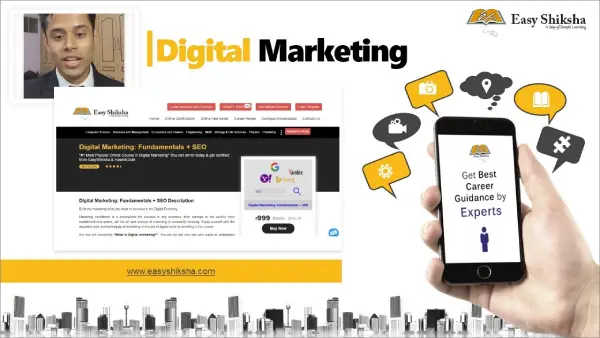

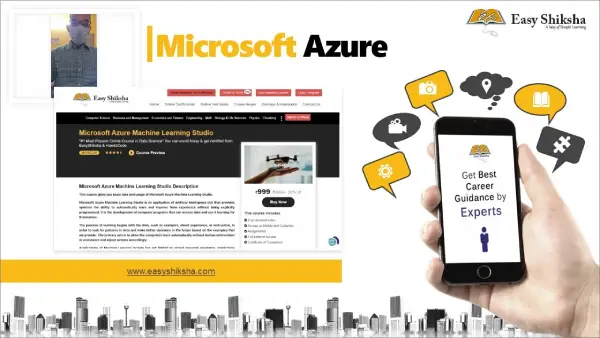
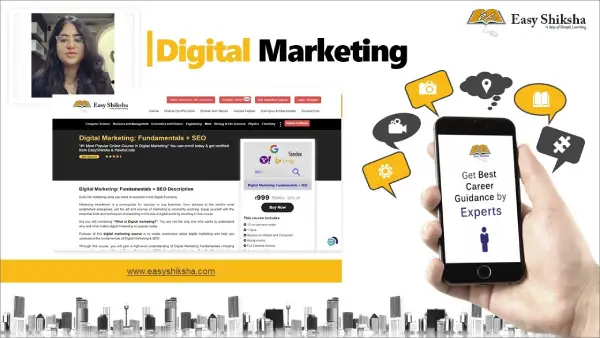
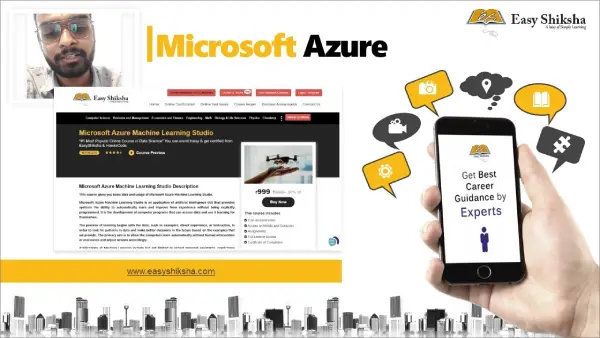
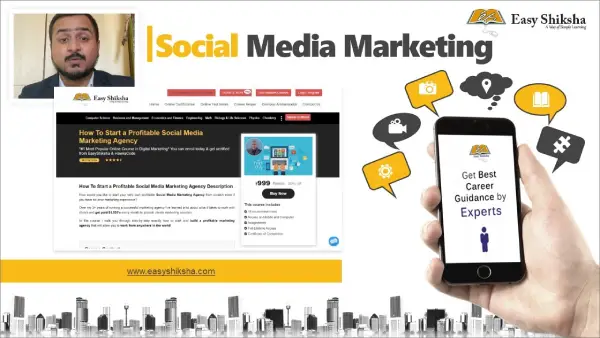





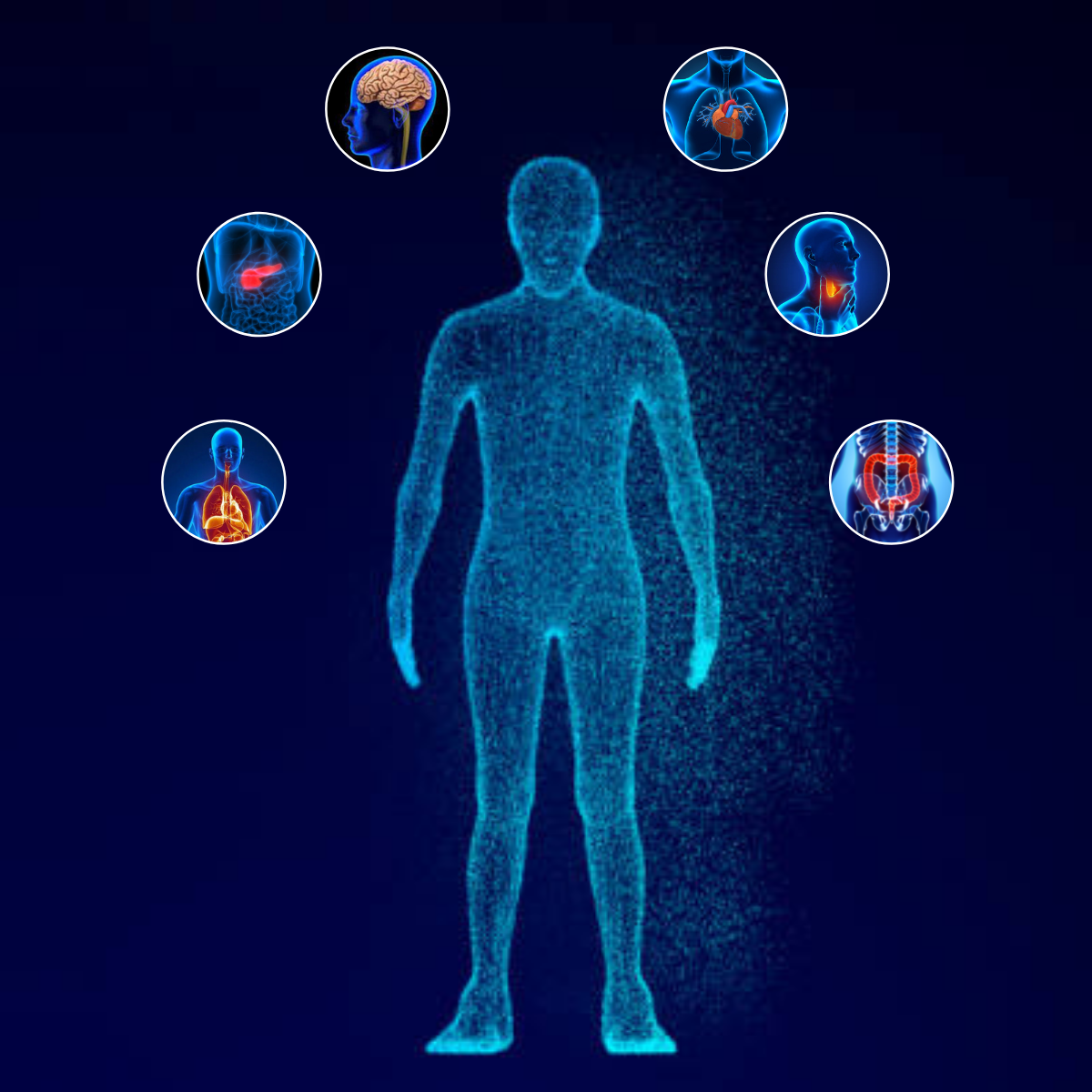



















Motcharakini
-
18 Apr 2025very useful highly recommend